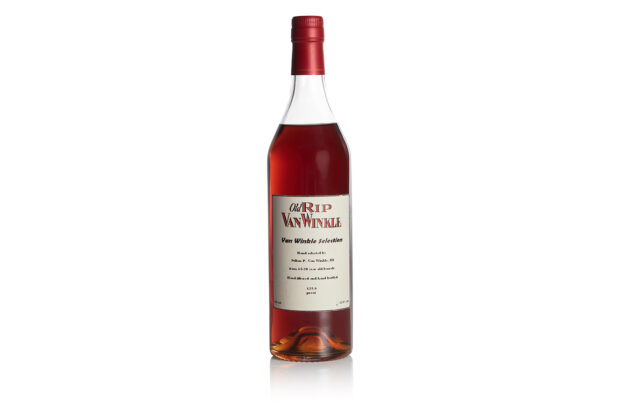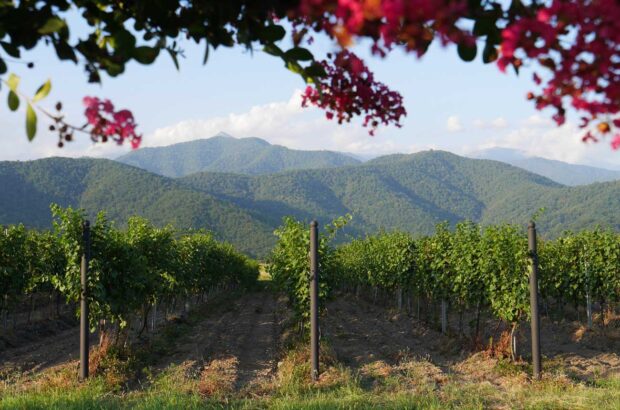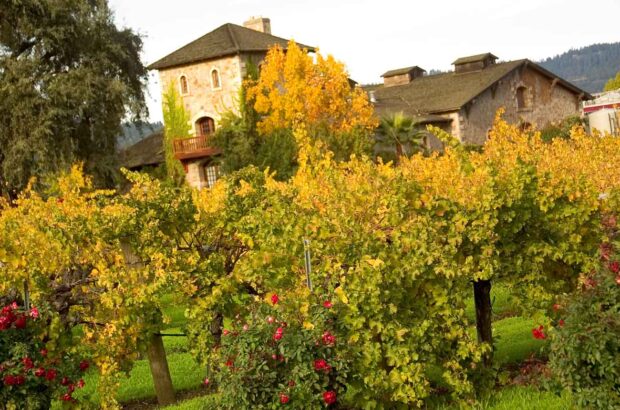More than three quarters of châteaux in Bordeaux's Cru Bourgeois classification have voted to create a new three-tier system by 2020, its leaders have said.
Leaders of the Cru Bourgeois classification aim to introduce a new hierarchy based on quality, environmental standards and ‘notoriety’ within four years.
Seventy-eight percent of members backed the new classification in principle at a general assembly meeting in Bordeaux last week.
‘We need to organise ourselves. We need to modernise.’
If implemented, it means that Cru Bourgeois châteaux can apply for higher status, either Cru Bourgeois Supérieur or Exceptionnel.
‘We need to organise ourselves,’ Armelle Cruse, vice president of Cru Bourgeois, told Decanter.com during the London tasting of its new Bordeaux 2014 vintage wines.
‘Some other countries communicate well around wine and that’s what we have to do too. We have to modernise,’ she said.
Cru Bourgeois 2014 classification
There are 278 châteaux in the Bordeaux 2014 Cru Bourgeois classification, announced this week.
Producers hope that a broadly well received 2014 vintage for the region as a whole will help them to attract new consumers looking for Bordeaux at more affordable prices.
Cru Bourgeois ratings from Stephen Brook to follow
Cru Bourgeois wines generally cost between €15 and €30 euros at retail. Fastest growing markets include China and the US.
Members must prove their worth by submitting every vintage to a blind tasting, usually around 18 months after harvest.
A list of those who have made the grade is then released in the autumn, two years after the vintage was plucked from the vines.
Previous attempts to create a hierarchy among the estates have ended in dispute, and discussions on a new tiered system have been ongoing for several years.
But, Cruse believes that the latest attempt is looking good.
New classification conditions
Estates that attain the ‘supérieur’ or ‘exceptionnel’ tag will have to re-apply every five years, she said. And there will be spot checks inbetween to keep people on their toes.
Plus, for what is believed to be the first time in Bordeaux, the new classification system would include an assessment of environmental practises.
‘It’s very new and this is why we want to do it,’ said Cruse. ‘It’s in the air at the moment [in Bordeaux], so we want to formalise environmental practises.’
Promotion hopefuls will also have to produce dossiers on quality and ‘notoriety’, said Cruse.
For example, ‘you’ll have to state what you want to do to improve the quality, and why you’re better than others’, she said.
‘Winemakers will [also] have to show a dossier on pricing policy, distribution policy and, third, whether they have press coming to taste the wine.’
Cruse said that it would be important for an ‘exceptionnel’ château to achieve ‘notoriety’, because ‘they will be the stars’ of the classification.
More on the Cru Bourgeois classification:

Cru Bourgeois votes for two-tier system

Cru bourgeois conundrum
Bordeaux’s reds beyond the 1855 classification can offer fantastic value. But ranking them has caused controversy and discontent. A frustrated

Cru Bourgeois Medoc chateau sold to Chinese investor
Chateau Preuillac has become the latest Bordeaux wine property acquired by a Chinese investor, after its owner families decided to

Cru Bourgeois expands with 2012 vintage selection
More Bordeaux chateaux have been accepted into the Cru Bourgeois ranks for the 2012 vintage than for any year since







